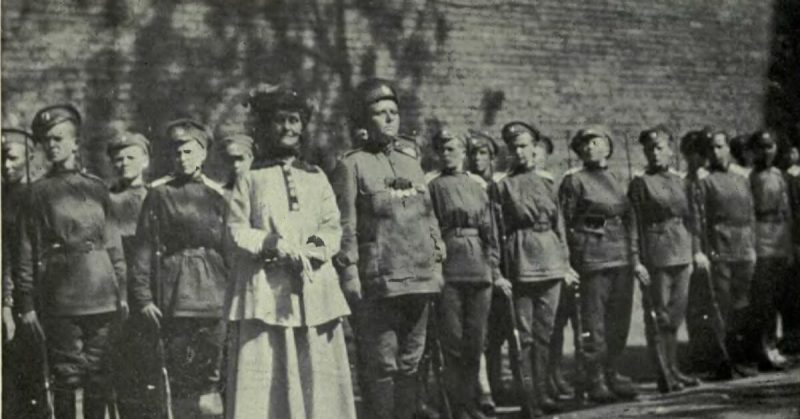As Russia’s soldiers suffered from sinking morale during World War I, the deteriorating and unstable Russian Government threw together a battalion of women fighters in an attempt to drum up some inspiration.
The women would go on to be known as the Battalion of Death.
The February Revolution
During World War I, Russia had its own set of problems at home. With economic and social issues causing stresses on top of a War in which Russia was not doing well, a revolt was almost unpreventable.
The February Revolution occurred in St. Petersburg over the span of a few days and resulted in mass clashes with Imperial Police.
The February Revolution resulted in the abdication of Tsar Nicholas II, and Russian power began to change hands swiftly. As well as the unrest, the Russian Provincial Government, which formed immediately following the Tsar’s abdication, was forced to deal with the fact the country was still involved in a larger World War.
They formed male shock units and battalions of death from volunteers looking to lead their fellow citizens into battle.
Russian Women Get Their Way
Women were already attempting to gain access to regular military units. They began to demand their own unit, which would be women-only. The new Government thought the idea a good one.
They felt having females in action would not only be perfect for propaganda efforts but also perk up the unenthusiastic male soldiers and shame other men into enlisting.
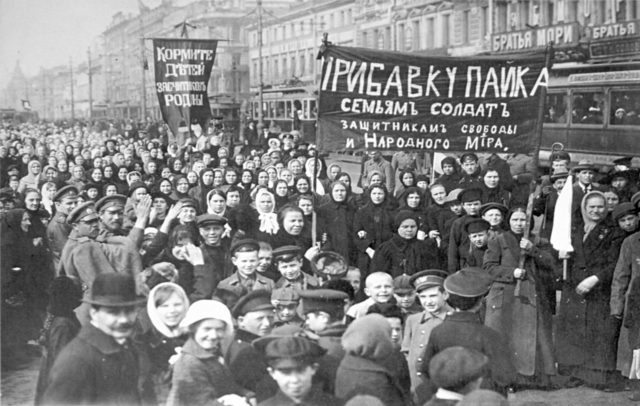
Fifteen Women’s Battalions were formed around the country. Four communications detachments in Moscow and St. Petersburg, with detachments in Kiev and other cities.
An all-female naval unit was also created. It was estimated about 5,000 women served in these units. Only two, including the 1st Russian Women’s Battalion of Death, made it to the front lines.
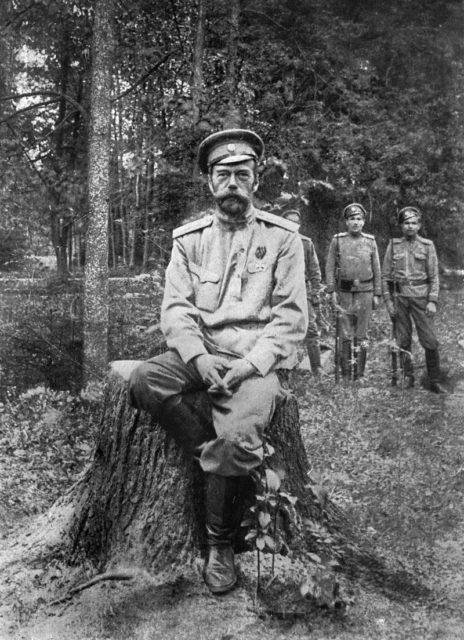
The Battalion of Death
The Women’s Battalion of Death was led by Maria Bochkareva. She was a peasant who worked her way into the traditional Russian Army in 1914. She persuaded the Government to put the battalion under her command, and she immediately attracted more than 2,000 female volunteers between the ages of 18 and 40.
Unfortunately, Bochkareva’s strict manner and harsh leadership caused many to leave, with her final tally of volunteers coming to around only 300.
These troops first saw action during the Kerensky Offensive, when they faced the Germans. They were occupying a trench alongside a male battalion. When ordered to go over the top, the men hesitated, while the women did not.
They made it through three German territory trenches and were later praised heavily for their bravery and initiative. However, this was not a time to win a battle, as they received no reinforcements and were forced to retreat.
Bochkareva remained in control at the front. She was wounded twice, stabbed at least one German to death and was decorated three times for bravery. However, her battalion was later disbanded, as they received hostility from their male counterparts. The men were upset with the women for not allowing them to retreat in multiple instances.
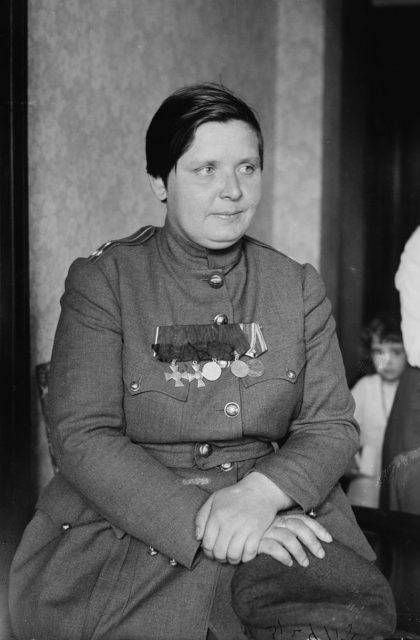
Petrograd Women’s Battalion
A copycat of Bochkareva’s Battalion of Death was the Petrograd (St. Petersburg) Women’s Battalion. There were about 1,400 female participants, and about 200 women volunteering within communications detachments.
Their training ranged from reading classes to night time maneuvers to riflery.
Before going to the front lines, the battalion underwent review at the Palace Square. Afterward, however, instead of being sent to the front, they were deployed to defend Government Officials at the Russian Winter Palace.
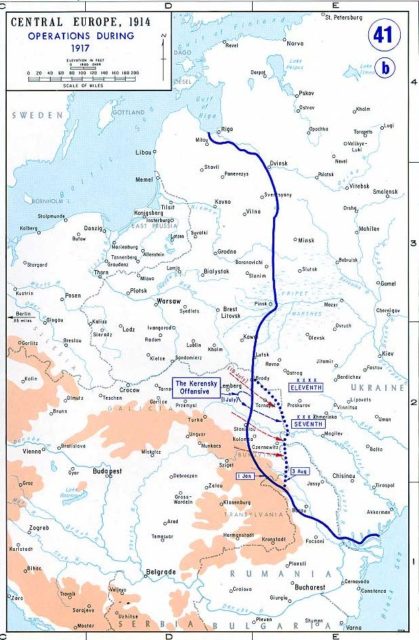
The battalion refused and instead went to guard nearby supplies. They were overwhelmed by pro-Bolshevik forces, who were fighting within Russia for the overthrow of the current Government.
The women surrendered, and afterward many rumors said they had all been raped. However, it was determined three had been raped after the surrender, although many more were threatened with sexual and physical violence.
The women were released following the intervention of the British Ambassador to Russia. They returned to their military encampment.
The End of the Women’s Battalions
Although these official battalions were formed, it did not stop the organization of unrecognized female troops, who created their own military units without Government approval.
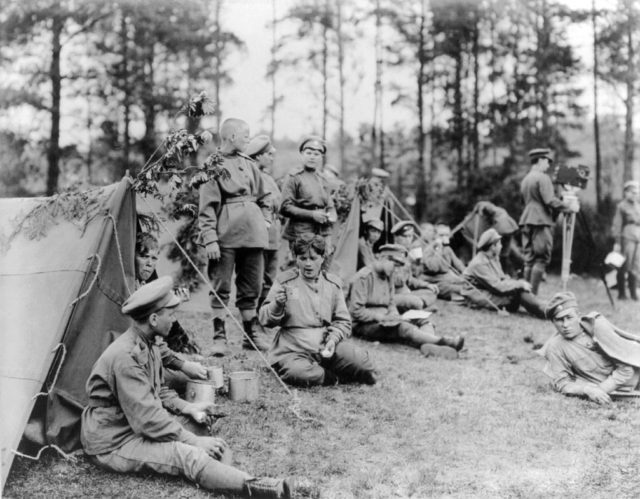
Even within the official battalions, many women faced discrimination. Also, the Army did not at the time have the resources needed to support them, whether that be training, administrative help or supplies.
The women, often excellent fighters who faired well in combat, did not do much to raise male morale, as the Government had hoped.
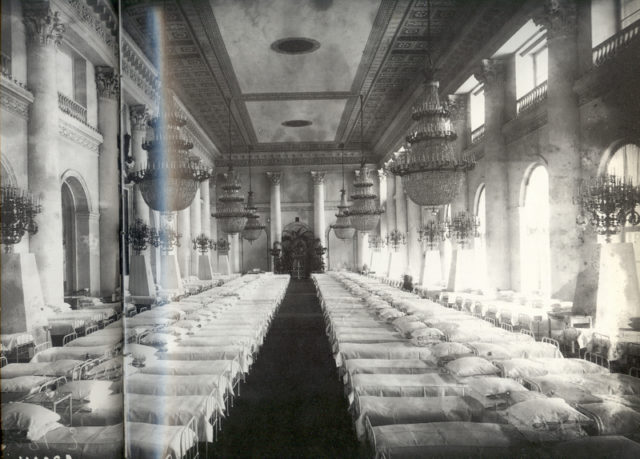
For these reasons, the Government did not find it necessary to keep the battalions going. Some battalions began to fall apart on their own. The Government tried to move them out of the way and put them to work guarding railroads and other supplies. However, men complained this was taking away their jobs, forcing them to be sent to the dangerous front.
In November, when the Government was officially taken over by the Bolsheviks, the Women’s Battalions were ordered to disband. Some did so immediately, while others refused and stayed on until the next year. Many would go on to fight in the Russian Civil War.
